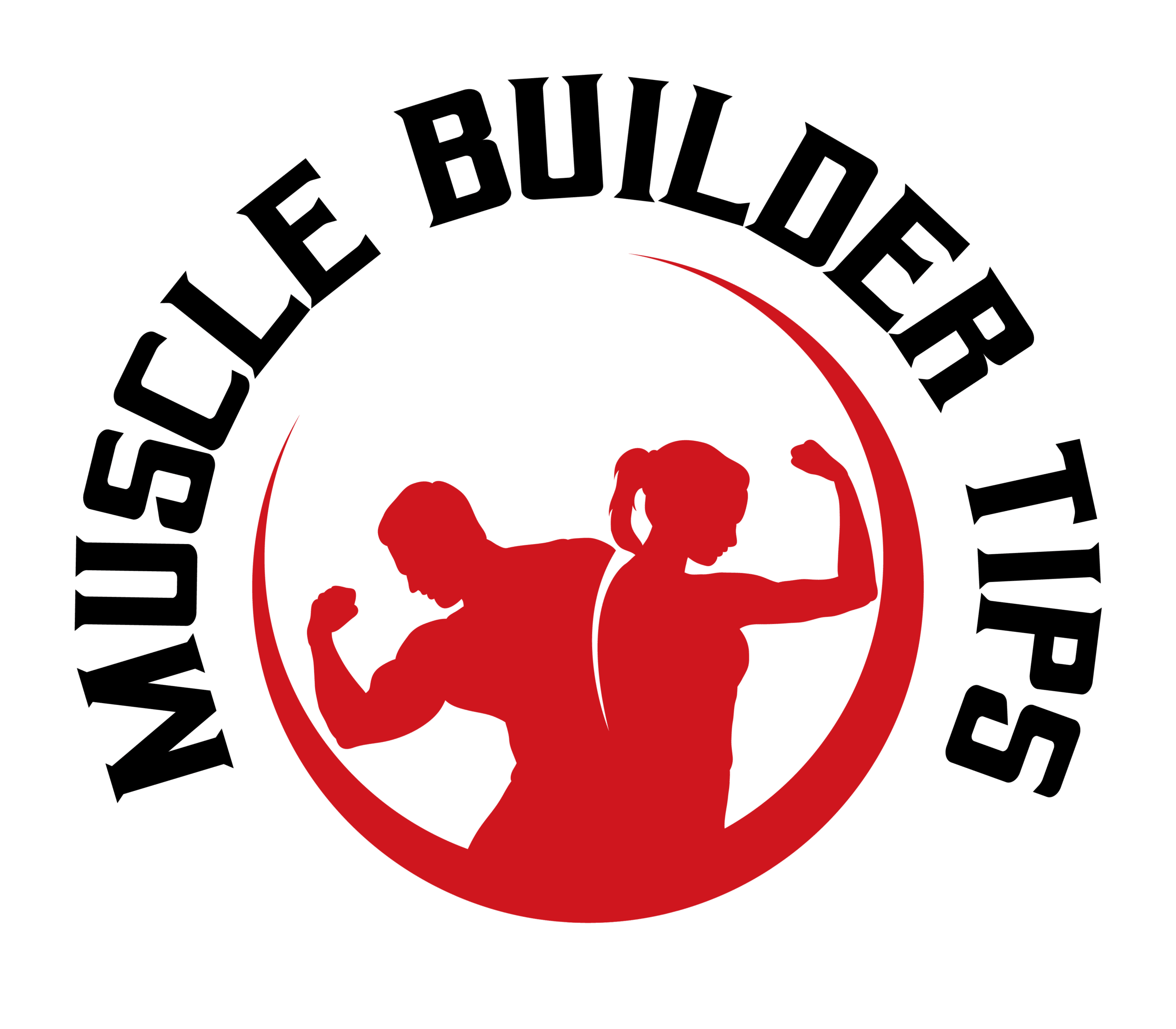Integrating Functional Training for Real-World Strength: Unlocking Your Body’s Full Potential

Integrating Functional Training for Real-World Strength
In the world of fitness, functional training has gained tremendous popularity in recent years, and for good reason. Unlike traditional gym exercises that focus on isolated muscle groups, functional training is all about real-world movements and enhancing overall strength, flexibility, and balance. Whether you’re an athlete, a fitness enthusiast, or someone looking to improve everyday activities, integrating functional training into your routine can offer a wide range of benefits. In this article, we will explore the concept of functional training, its advantages, and how to incorporate it into your workouts effectively.
1. Understanding Functional Training
Functional training is a dynamic approach to fitness that emphasizes movements similar to those performed in daily life or sports activities. It trains your body to function optimally and efficiently in various real-world scenarios, improving overall physical performance and reducing the risk of injury. Unlike conventional strength training, which often involves using machines to isolate specific muscles, functional exercises involve multiple muscle groups working together in coordination.
2. The Benefits of Functional Training
– Enhanced Real-World Strength: Functional training targets the muscles and movements you use daily, such as lifting objects, walking, or reaching. This translates into improved functional strength for everyday tasks.
– Improved Balance and Stability: Functional exercises engage core muscles and challenge your balance, leading to better stability and reducing the likelihood of falls or injuries.
– Increased Flexibility and Mobility: Functional training includes dynamic movements that improve joint flexibility and range of motion, enhancing overall mobility.
– Efficient Full-Body Workouts: By engaging multiple muscle groups simultaneously, functional exercises offer time-efficient and effective full-body workouts.
– Injury Prevention: Strengthening your body through functional movements can help prevent injuries, especially when you engage in physical activities or sports.
3. Integrating Functional Exercises
– Bodyweight Exercises: Bodyweight movements like squats, lunges, push-ups, and planks are excellent functional exercises that require no equipment and can be done anywhere.
– Resistance Bands: Resistance bands are versatile tools that add resistance to your functional movements, making them more challenging and effective.
– Kettlebell Training: Kettlebell exercises, such as swings and Turkish get-ups, engage multiple muscle groups, promoting functional strength and coordination.
– Medicine Ball Workouts: Medicine balls are great for dynamic movements like rotational throws, slams, and partner passes, enhancing functional fitness.
4. Functional Training for Different Goals
– Athletic Performance: Athletes can benefit from functional training by simulating movements specific to their sport, improving agility, and boosting overall athletic performance.
– Weight Loss and General Fitness: Functional training can be incorporated into weight loss or general fitness programs to burn calories and build strength simultaneously.
– Rehabilitation and Injury Recovery: For individuals recovering from injuries, functional exercises can aid rehabilitation by promoting functional movement patterns and strengthening weak muscles.
5. Creating a Balanced Routine
– Incorporate Variety: Include a mix of functional exercises targeting different movement patterns to create a well-rounded routine.
– Warm-Up Properly: Prioritize joint mobility exercises and dynamic stretches to prepare your body for functional movements.
– Start at Your Level: Whether you’re a beginner or experienced, tailor the intensity and complexity of functional exercises to your fitness level.
– Recovery and Rest: Allow adequate rest between sessions to give your muscles time to recover and adapt to the demands of functional training.
Functional training is more than just a fitness trend; it is a powerful and practical approach to improving overall strength and performance. By incorporating functional exercises into your workout routine, you can develop real-world strength, increase flexibility and mobility, and reduce the risk of injuries. Whether you’re an athlete, a fitness enthusiast, or someone aiming to enhance everyday activities, functional training can elevate your physical capabilities to new heights. So, lace up your shoes, grab those resistance bands, and start integrating functional training for a stronger and more functional you.
RELATED SEARCH TERMS ABOUT INTEGRATING FUNCTIONAL TRAINING FOR REAL-WORLD STRENGTH:
- “Unlocking Your Body’s Potential: The Power of Functional Training”
- “Dynamic Fitness: Embracing Real-World Strength with Functional Training”
- “Balancing Strength and Flexibility: The Advantages of Functional Exercises”
- “Efficient and Effective: How Functional Training Boosts Performance”
- “Functional Fitness for All: Tailoring Workouts to Your Goals”
- “From Athletes to Beginners: Integrating Functional Training for Success”
- “Functional Training for Injury Prevention and Rehabilitation”
- “Diverse Movements, Real Results: Creating a Functional Workout Routine”
- “The Key to Functional Fitness: Incorporating Variety and Rest”
- “Stepping Up Your Game: How Functional Training Transforms Your Body”
